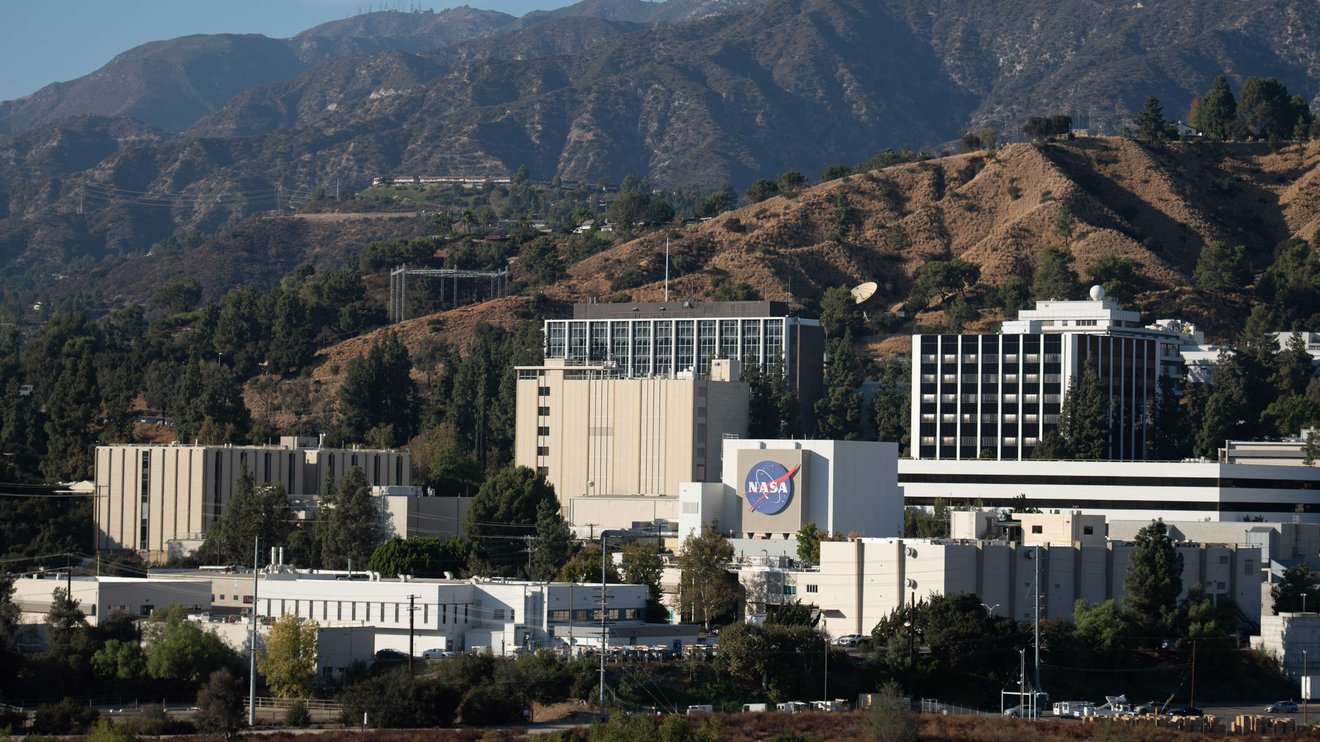In 2018, NASA mission planners selected the Jezero Crater as the future landing site of the Perseverance rover. This crater was a natural choice, as it was once an ancient lake bed, as evidenced by the delta fan at its western edge. On Earth, these features form in the presence of flowing water that gradually deposits sediment over time. Combined with the fact that the Jezero Crater’s delta feature is rich in clays, this makes the region a prime target to search for biosignatures – evidence of past (and maybe present) life on Mars!
In recent news, NASA announced that the Perseverance rover had reached the top of Jezero Crater’s rim at a location the science team calls “Lookout Hill.” The rover spent the previous three and a half months climbing the rim, covering a distance of 500 vertical meters (1,640 vertical feet) and making science observations along the way. Now that it has crested the rim, Perseverance can begin what the mission team calls its “Northern Rim” campaign. Over the next year, the rover is expected to drive 6.4 km (4 mi) and visit up to four sites of interest where it will obtain geological samples.
Continue reading “NASA’s Perseverance Rover Reaches the Top Rim of the Jezero Crater”









